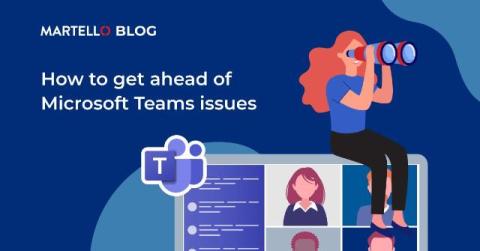Microsoft Outage MO842351: Understanding Impact & Scope Saves You From Raising Unnecessary Alarm Bells
Just ten days after the last major Microsoft 365 outage, Microsoft reported another incident at 8:48 am on July 30, 2024. The message on X was vague, offering limited details about the scope and impact of the problem. This left many IT teams preparing for what they anticipated would be another rocky day.










